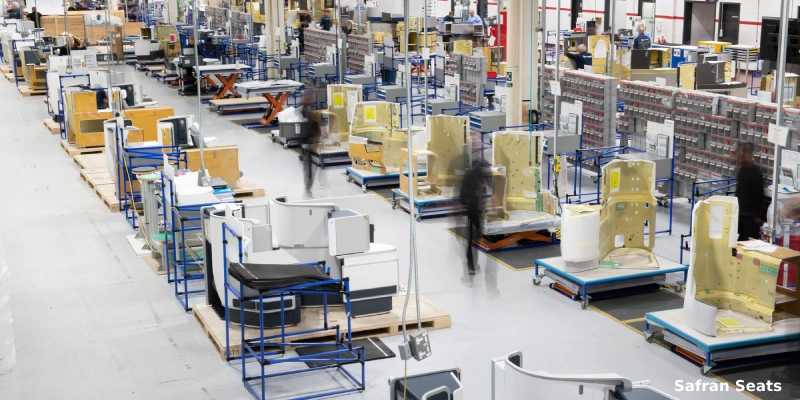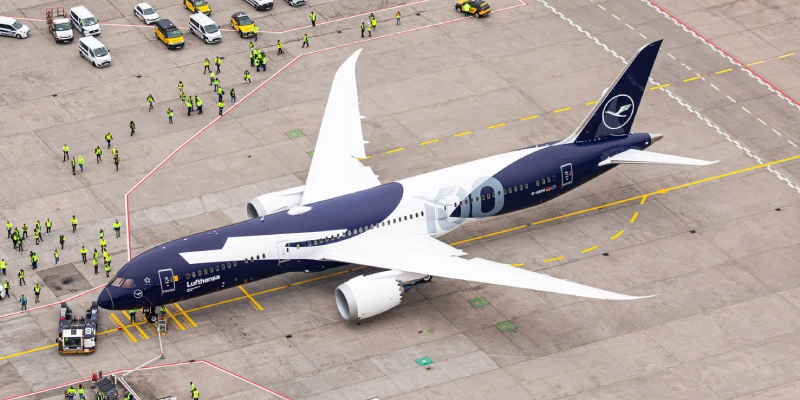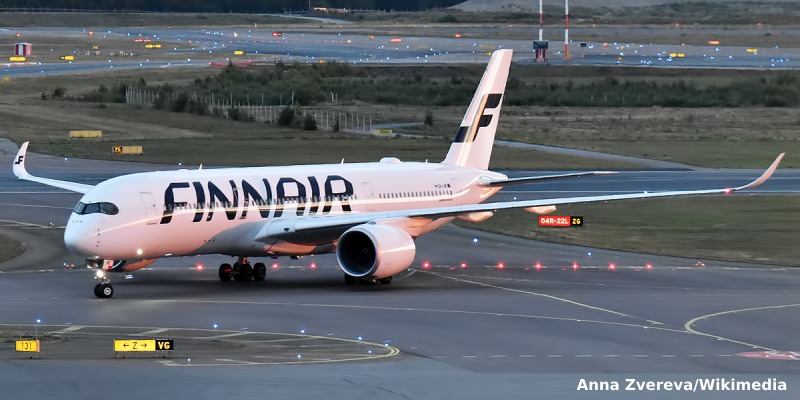In recent years, one of the main barriers to the delivery of new aircraft has been an unexpected factor: seats. Although an airplane seat may seem like a simple component, its complexity and the need for customization in commercial aircraft have caused significant delays in aircraft manufacturing. This has created a supply chain bottleneck affecting aviation giants like Airbus and Boeing, driving up costs for airlines.
Root of the Problem: The Complexity of a Simple Seat
Premium-class seats require the involvement of numerous suppliers and experts for assembly. In factories like Safran Seats GB in Wales, a single business or first-class seat can involve up to 3,000 parts sourced from 50 suppliers across 15 countries. These seats are not only the physical point of contact between passengers and the aircraft but also represent one of the most important revenue sources for airlines.
A $52 Billion Market at Stake
With the recovery of the airline industry post-pandemic, demand for aircraft seats has surged. According to a study by Tronos Aviation Consultancy and AeroDynamic Advisory, airlines will need over 8 million seats in the next decade, representing a $52 billion market over 10 years. This figure underscores the economic importance of the seat industry, which has been severely impacted by production delays.
Fragile Structure of the Seat Industry
The aircraft seat market, though lucrative, remains highly fragmented and reliant on artisanal processes, making production standardization difficult. Despite consolidation in the sector, with major players like Safran, Collins Aerospace, and Recaro, seat production remains less efficient than other aircraft components, such as engines. This artisanal approach has prevented the industry from adapting to the volume and customization demands required by aircraft manufacturers and airlines.
→ Global Passenger Demand Grows 5% in May, Driven by Asia-Pacific
Race for Innovation and Customization
Seat customization further complicates production. While some passengers prioritize comfort and functionality, others seek luxury and cutting-edge features. This desire for differentiation has led many airlines to create bespoke seats tailored to their customers’ specific needs. However, each unique design introduces additional challenges, such as safety certification and adaptation to different fuselages, further delaying aircraft manufacturing and delivery.
Challenges of Replacement and Certification
Aircraft seats have a lifespan of about seven years, while planes themselves can operate for 20 to 25 years. This means that even after jets are delivered, airlines face the need to replace seats regularly. The pressure to comply with strict passenger safety certification regulations and the shortage of certified engineers are additional hurdles slowing down the process.
A Push for Efficiency: Redesigning Production
In response to these challenges, some seat manufacturers are working to streamline production. Safran, for example, has begun reusing underlying designs to improve manufacturing efficiency, allowing seats to be certified more quickly. This approach aims to balance the need for customization with the efficiency of mass production, which could accelerate aircraft delivery and reduce costs associated with delays.
A Future of Controlled Customization
Seat customization is not disappearing, but experts suggest airlines must be more strategic in their approach. AerCap CEO Aengus Kelly advises airlines to focus on selecting certified, high-quality seats rather than designing their own bespoke models, which can lead to jet delivery delays. However, some airlines, like the new Saudi carrier Riyadh Air, have made it clear they are unwilling to give up customization as a key part of their brand.
The crisis in the seat industry is just one part of a broader aviation landscape, but its resolution will be crucial for the future of the industry and passenger satisfaction.
With information from Reuters
Related Topics
Air Europa Announces New Non-Stop Route Between Madrid and Johannesburg Starting June 2026
Lufthansa Receives Its Boeing 787-9 in Frankfurt with Special Livery for Airline’s Centennial
Finnair Announces Flights to Melbourne via Bangkok Starting October 2026
EASA Orders Inspections on Airbus A320 Aircraft for Possible Defective Panels

Plataforma Informativa de Aviación Comercial con 13 años de trayectoria.




